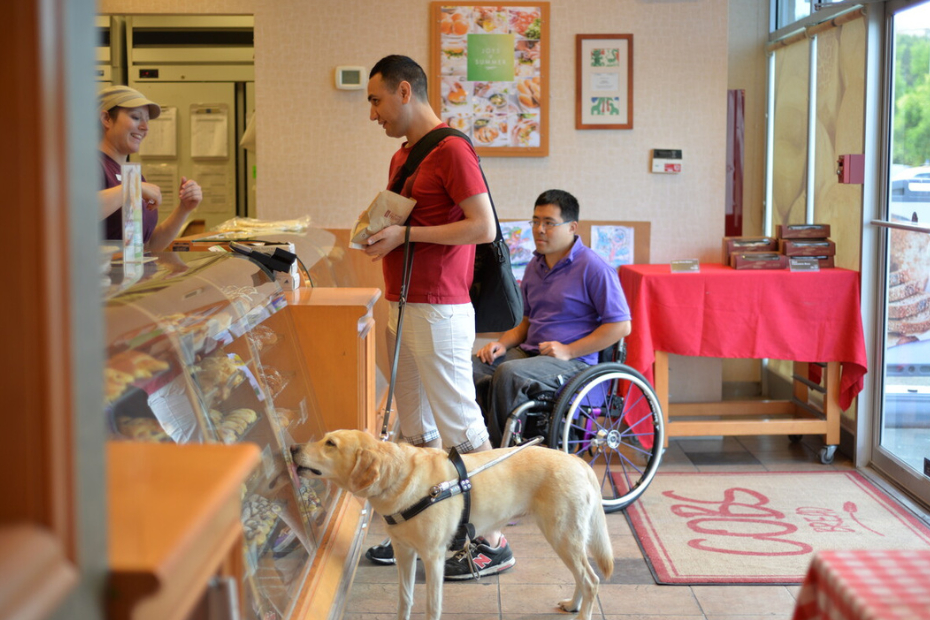Canada’s ability to thrive and prosper means hospitals have to thrive too. Their importance to Canada’s economic and social well-being cannot be understated. Nor can the challenges they will face in the next decade. Demographics and technological disruption represent two forces that will have a profound impact on the shape of things to come.
Hospitals will be on the frontlines of an aging population, which will place greater strains on the healthcare system, and the resources required to sustain them. Ten years from now, about one-quarter of the total population will be 65 or older, earning Canada the international distinction as being a “super-aged society.”
Caring for the elderly will ensure the pace of jobs in this sector will exceed the overall economy in the coming years. But the same demographic trend will mean fewer people will be in the workforce to take on these roles. Even under the most optimistic scenario, demand will outstrip supply by almost 20,000 positions. The gap needs to be closed.
Yet the challenge goes deeper than that. Institutions must also adapt to a new set of skills brought on by technological disruption that is transforming treatment and care. For instance, data scientists will need to be employed to mine a hospital’s growing databases for key insights on how to improve patient outcomes. So too 3D printing technologists may create anatomical models for surgical planning.
There is reason to be optimistic. A new report on healthcare from RBC suggests the impact of automation will have a muted effect in hospital settings. Some roles will be automated – in areas where processes can be simplified or streamlined, such as administrational functions or lab diagnostics.
But the profoundly human nature of work means the majority of healthcare jobs aren’t going away anytime soon. Automation will enable healthcare practitioners to do the essential, human part of their jobs better than before. That’s vital but arguably even more so as they care for older patients, who often need help navigating and interacting with different parts of the healthcare system.
Actions are already underway. Educators, for instance, are already incorporating “soft skills” training into the curriculum. The University of Toronto is moving away from a focus on the perfect GPA and looking at medical school candidates’ social and inter-personal skills. The Medical Council of Canada is also re-thinking the way it evaluates physicians-in-training, placing a greater focus on the ability to problem-solve in new situations.
New sources of labour may also be available to fill many of the 370,000 new jobs that Employment and Social Development Canada estimates will be required by 2025. RBC research found there are currently one million Canadians in occupations deemed at “high-risk” of being disrupted through automation who possess a number of the vital skills required in healthcare, such as active listening, service orientation, and social perceptiveness and monitoring.
For instance, the rise in autonomous vehicles, and the implementation of drone delivery, will shift employment away from human delivery. But some of these displaced workers could find employment as a paramedic, who administers pre-hospital emergency medical care to patients with injuries or medical illnesses and transports them to hospitals for further care.
Helping workers make the transition will be one of the critical challenges. It will require governments and professional bodies to challenge themselves to think well beyond traditional career paths and compensation models. But building these pathways to the healthcare sector will help attract and retain the right kind of workers needed for the 2020s. Importantly it will also represent a remedy to the challenges brought on by demographics and disruption.
RBC’s report offers a way forward:
- A national skills strategy for healthcare led by the provinces is a good step.
- A dashboard of public labour market information detailing the location of labour shortages across the Canadian healthcare sector would also help provide vital data for policymakers.
The creation and expansion of second-career bridge programs to attract professionals into healthcare is important; doubly so to find ways to minimize years of additional schooling. There are also opportunities to create more work-integrated-learning opportunities in healthcare for workers in non-health disciplines, to inject new ideas and ways of working into the sector.
Canada’s healthcare system is comprised of leaders with courage, conviction and compassion. These qualities will be called on to help rethink and reimagine how to sustain and enhance healthcare, and in turn, ensure the country remains prosperous for years to come.
Read the full report on our Thought Leadership site.
This article is intended as general information only and is not to be relied upon as constituting legal, financial or other professional advice. A professional advisor should be consulted regarding your specific situation. Information presented is believed to be factual and up-to-date but we do not guarantee its accuracy and it should not be regarded as a complete analysis of the subjects discussed. All expressions of opinion reflect the judgment of the authors as of the date of publication and are subject to change. No endorsement of any third parties or their advice, opinions, information, products or services is expressly given or implied by Royal Bank of Canada or any of its affiliates.



















